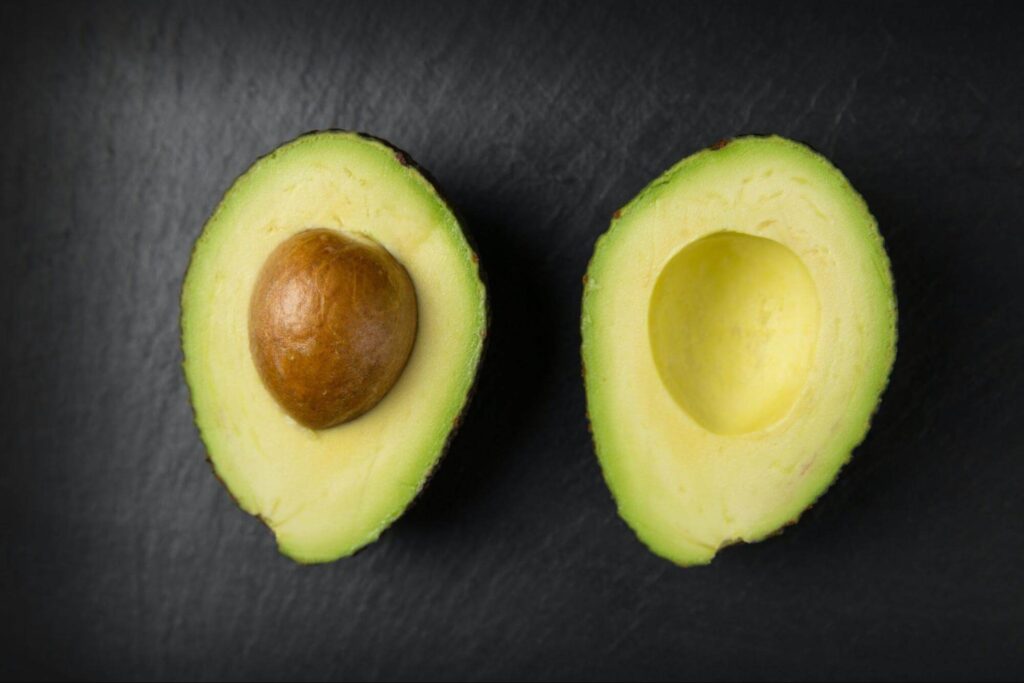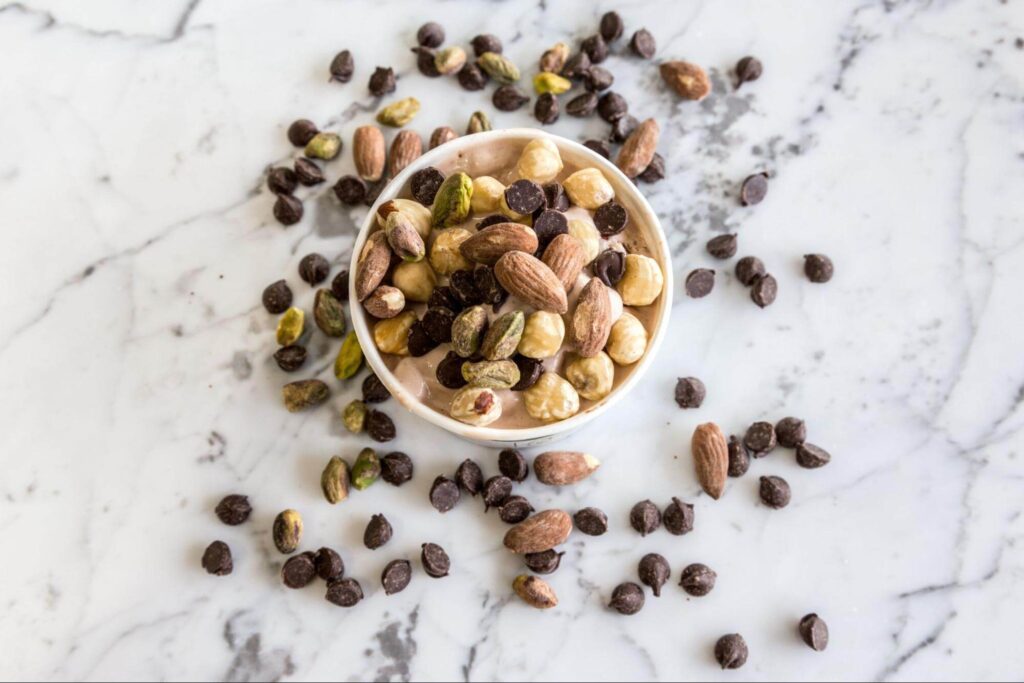Prediabetes is a condition in which blood sugar levels exceed normal but are not high enough to be categorized as type 2 diabetes. According to the Centers for Disease Control and Prevention (CDC), approximately 88 million American people have prediabetes, and more than 84% are unaware of their condition (CDC). Understanding prediabetes is critical for preventing type 2 diabetes and improving general health.
In this post, you will learn more about its risk factors and how to make effective lifestyle changes to greatly minimize your chances of developing type 2 diabetes and its associated health complications.
What is Prediabetes?
Prediabetes is a condition in which blood sugar levels are above normal but not yet high enough to be diagnosed with type 2 diabetes. It is sometimes known as borderline diabetes.
Prediabetes increases the chance of acquiring type 2 diabetes and heart disease.
- Normal blood sugar levels are less than 100 mg/dL when fasting and less than 140 mg/dL two hours after eating.
- Prediabetes is defined as a fasting blood sugar between 100 and 125 mg/dL or a 2-hour post-meal glucose test result of 140 to 199 mg/dL.
- Diabetes is a fasting blood sugar of 126 mg/dL or higher or a 2-hour post-meal glucose level of 200 mg/dL or higher.
The primary distinction between prediabetes and diabetes is that prediabetes causes high blood sugar levels while the body still produces enough insulin to operate normally. Type 2 diabetes occurs when the body develops insulin resistance and is unable to manage blood sugar levels efficiently.
The frequency of prediabetes is continuously growing as obesity rates rise. If not treated, 15-30% of patients with prediabetes acquire type 2 diabetes within 5 years.
Risk Factors for Prediabetes
Prediabetes does not happen overnight. Several risk factors increase a person’s chances of developing prediabetes:
Family History
Having a parent, sibling, or child with type 2 diabetes puts you at higher risk for prediabetes and type 2 diabetes. Genetics plays a role in the development of high blood sugar.
Being Overweight

Carrying extra weight, especially around the belly, increases insulin resistance. The more fatty tissue you have, the more resistant your cells become to insulin. Overweight and obese individuals have a much higher risk of prediabetes.
Age
The risk of prediabetes and type 2 diabetes increases as you get older, especially after age 45. Age-related loss of muscle mass decreases the body’s ability to use insulin efficiently. Aging combined with inactivity speeds up the progression to prediabetes.
Ethnic Background
Certain ethnic groups are more susceptible to developing prediabetes, including Hispanic/Latino Americans, African Americans, Native Americans, Asian Americans, and Pacific Islanders. Genetics and lifestyle habits both play a role.
Gestational Diabetes
Women who developed gestational diabetes during pregnancy have a much greater chance of developing prediabetes and type 2 diabetes later in life. Up to 10% of women with a history of gestational diabetes will develop type 2 diabetes within 5 years after delivery.
Knowing your risk factors is crucial. If you have one or more risk factors for prediabetes, talk to your doctor about being tested. Dietary and lifestyle adjustments can help prevent or postpone the onset of type 2 diabetes in high-risk people.
Recommended Prediabetes Diet
Making dietary modifications is one of the most essential steps you can take to reverse prediabetes and prevent it from progressing to type 2 diabetes. Here are some major nutritional suggestions for a prediabetes diet:
Reduce Refined Carbs and Added Sugars

Limiting refined carbs and added sugars is critical for managing blood sugar levels. Refined carbohydrates, such as white bread, pasta, rice, and baked products, quickly convert to sugar and enter the circulation.
Instead, focus on healthful grains such as whole wheat bread, brown rice, oats, and quinoa. Reduce your intake of added sugars from processed foods, sweetened beverages, and other sources significantly. This can also aid in weight loss, which is beneficial for managing prediabetes.
Increase Fiber Intake
Increasing fiber consumption can help regulate blood sugar fluctuations. Aim for 25-30 grams of fiber daily from vegetables, fruits, legumes, nuts, and whole grains.
Oats, nuts, seeds, beans, lentils, and some fruits and vegetables contain soluble fiber, which is very useful.
Choose Healthy Fats

Consume heart-healthy unsaturated fats such as olive oil, avocados, nuts, seeds, and fatty seafood. Limit your intake of saturated fats from red meat, whole milk, and fried meals. Avoid trans fat.
Increase Veggies
Eat lots of non-starchy vegetables, which are low in carbs and calories but high in fiber and nutrients. Broccoli, spinach, kale, carrots, cauliflower, and other veggies are great choices.
Portion Control
Be mindful of portion sizes, even when eating healthy foods. Measure out proper servings, use smaller plates, and don’t eat straight from packages. Controlling portions is key for blood sugar management.
Best Foods for a Prediabetes Diet
A prediabetes diet should emphasize foods that help manage blood sugar and insulin levels. Here are some of the top foods to focus on:
Lentils, Beans, and Legumes
Lentils, beans, chickpeas, and other legumes are excellent choices. They are packed with fiber, protein, and complex carbohydrates that the body digests slowly, helping prevent blood sugar spikes after meals.
They also contain minerals like magnesium that may help improve insulin sensitivity. Aim for at least 3-4 servings per week.
Nuts and Seeds

Nuts like almonds, walnuts, and pecans contain healthy fats, fiber, and antioxidants. Seeds like pumpkin, chia, and flaxseeds provide omega-3 fatty acids and fiber as well.
Enjoy a small handful as a snack or incorporate nuts and seeds into meals. Those with obesity or at risk for it should limit portions to 1 ounce per day.
Fruits and Vegetables
Eating a diet rich in produce can help manage prediabetes. Focus on non-starchy veggies like leafy greens, Brussels sprouts, broccoli, peppers, and carrots. For fruits, choose those lower in sugar like berries and apples.
Aim for 4-5 servings of veggies and 2-3 servings of fruit daily. Avoid starchy veggies like potatoes and corn, as well as tropical fruits and fruit juices.
Whole Grains
Opt for minimally processed whole grains like oats, brown rice, farro, and quinoa instead of refined grains. Whole grains provide more fiber to help slow the digestion and absorption of carbs. Try to make at least half your grain servings whole.
Lean Protein

Protein foods like fish, skinless poultry, eggs, and plant-based proteins can help regulate blood sugar levels. Aim for 0.5-0.75 grams of protein per kilogram of body weight. If you weigh 150 pounds, that’s 55-80 grams of protein daily.
Healthy Fats
Healthy fats like avocado, olive oil, nuts, seeds, and fatty fish provide essential omega-3s. They help manage inflammation, which is linked to prediabetes and diabetes. Use olive or avocado oil for cooking and drizzling. Eat fatty fish like salmon twice a week.
Foods to Avoid
When you have prediabetes, it’s important to avoid foods that can spike your blood sugar and lead to diabetes. Here are some of the key foods to limit or avoid completely:
- Sugary drinks like soda, fruit juice, sports drinks, sweet tea, and other beverages with added sugar. These provide a lot of quick-absorbing carbs and calories without nutrition. Switch to unsweetened teas, sparkling water, or water with fruit.
- White bread, rice, pasta, and other refined grain products. Go for 100% whole grain options instead as they have more fiber and digest more slowly.
- Packaged snacks like chips, cookies, candy, and baked goods are typically high in sugar, salt, and unhealthy fats. Choose unsalted nuts, fresh fruit, yogurt, or other healthier snacks.
- Fruit juice. While 100% fruit juice has vitamins, it lacks fiber and is high in natural sugar. Limit to a small glass per day or avoid it completely.
- Fatty red meats like steak, prime rib, and bacon. Grilled chicken, fish, beans, and lean proteins are healthier options.
- Fried foods like french fries, fried chicken, and anything deep-fried. The oils and breading can increase calories, carbs, and bad fats. Opt for baked, grilled, roasted, or air-fried versions.
A prediabetes diet focuses on healthy whole meals while eliminating processed goods and foods that might raise blood sugar. Avoiding these can help regulate the glycemic response and lower diabetes risk.
Sample Prediabetes Meal Plan
A prediabetes meal plan should focus on balanced meals with healthy carb, protein, and fat options. Variety is also important. Here is a sample day:
Breakfast:
- Oatmeal made with skim or almond milk, topped with walnuts and berries
- Scrambled eggs with bell pepper and avocado slices on the side
- Greek yogurt with chia seeds, cinnamon, and sliced fruit
Lunch:
- Tuna salad over mixed greens with balsamic vinaigrette
- Veggie and hummus wrap with turkey, lettuce, tomatoes, and cucumbers
- Lentil soup with whole grain crackers and cheese stick
Dinner:
- Grilled salmon with roasted Brussels sprouts and sweet potato
- Chicken stir fry with broccoli, carrots, peppers and brown rice
- Turkey chili with a side salad
Snacks:
- Apple with natural peanut butter
- Cottage cheese with pineapple
- Hard-boiled eggs
- Edamame
- Carrots and celery with nut butter
- Plain Greek yogurt with berries
Lifestyle Changes

In addition to dietary changes, making healthy lifestyle changes can help manage prediabetes and prevent type 2 diabetes. This includes:
Exercise or Physical Activity
- Get at least 150 minutes of moderate-intensity weekly exercise, such as brisk walking.
- Resistance training helps improve insulin sensitivity. Aim for 2-3 strength training sessions per week.
- Break up exercise into short 10-minute sessions if needed. Any physical activity is beneficial.
Stress Management
- Chronic stress leads to elevated cortisol, which can raise blood sugar levels.
- Try relaxing activities like yoga, meditation, deep breathing, or walking to lower stress.
- Get enough sleep, connect with others, and take breaks to manage stress levels.
Sleep
- Aim for 7-9 hours of quality sleep per night. Poor sleep is linked to higher blood sugar.
- Keep a consistent sleep schedule and limit screen time before bed.
- Address any sleep disorders for better rest.
Portion Control
- Use smaller plates and bowls to control portions. Don’t eat directly from large packages.
- Measure proper serving sizes. Stop eating when full.
- Eat slowly and mindfully to prevent overeating.
Read Nutrition Labels
- Check total calories, carbohydrates, sugars, protein, and servings per container.
- Compare similar products to choose healthier options.
- Limit foods high in sugar, unhealthy fats, and sodium.
Making lifestyle modifications along with dietary changes can help manage prediabetes, prevent complications, and reduce the risk of developing type 2 diabetes. According to the American Diabetes Association, working with a registered dietitian to develop a personalized eating plan can be an effective strategy in managing prediabetes.
Frequently Asked Questions
What foods should I eat if I have prediabetes?
If you have prediabetes, eat a well-balanced diet high in fiber, lean protein, healthy fats, and foods with a low glycemic index. Add veggies, fruits, healthy grains, and lean meats to your meals.
Are eggs safe for those who have prediabetes?
Yes, eggs are a fantastic source of protein with no effect on blood sugar levels. They can be used sparingly in a prediabetes-friendly diet.
Is coffee bad for pre-diabetes?
Coffee in moderation is typically safe for prediabetics. However, avoid using too much sugar or high-calorie creamers. Choose black coffee, a tiny quantity of milk, or a sugar replacement.
If you enjoyed this article, you may also want to read this article on What are the Best Natural Remedies for Diabetes?.
*This information is not intended to serve as a substitute for professional medical or dietary advice tailored to individual needs.
Po-Chang Hsu, M.D., received his medical doctorate from Tufts University School of Medicine in Boston. During his medical school training, Dr. Hsu worked with various patients, including adult and pediatric patients with acute and chronic conditions. Dr. Hsu’s interests include neurology, psychiatry, pediatrics, and sleep medicine.
Before medical school, Dr. Hsu finished a master’s degree at Harvard University and wrote a thesis on neuroimaging in schizophrenia patients at Brigham and Women’s Hospital, a Harvard Medical School-affiliated hospital. Dr. Hsu was also a part of the 2008 NASA Phoenix Lander Mission team, which sent a robotic spacecraft to the North polar region of Mars. Dr. Hsu also had research experience on neuroimaging in neonates at Boston Children’s Hospital, another Harvard Medical School-affiliated Hospital.
Since graduating from medical school, Dr. Hsu has worked as a full-time medical writer and consultant. In addition, he has experience writing and ghostwriting books and articles for physicians and health technology start-up companies. Dr. Hsu believes good communication between healthcare providers and patients creates the best results.
Publications
-Peer Reviewed Journal Article:
Kounaves, S.P., Hecht, M.H., West, S.J., Morookian, J.-M., Young, S.M.M., Quinn, R., Grunthaner, P., Wen, X., Weilert, M., Cable, C.A., Fisher, A., Gospodinova, K., Kapit, J., Stroble, S., Hsu, P.-C., Clark, B.C., Ming, D.W. and Smith, P.H. The MECA wet chemistry laboratory on the 2007 phoenix mars scout Lander. Journal of Geophysical Research. 2009, Mar; 114(E3): 10.1029/2008je003084.
-Poster Presentation:
2011 Harvard Psychiatry Mysell Poster Session; Boston, MA
Hsu, P.C., Rathi, Y., Eckbo, R., Nestor, P., Niznikiewicz, M., Thompson, E., Kubicki, M., Shenton, M.E. (March, 2011). Two-Tensor Diffusion Tensor Imaging of Acoustic Radiations in Schizophrenia




